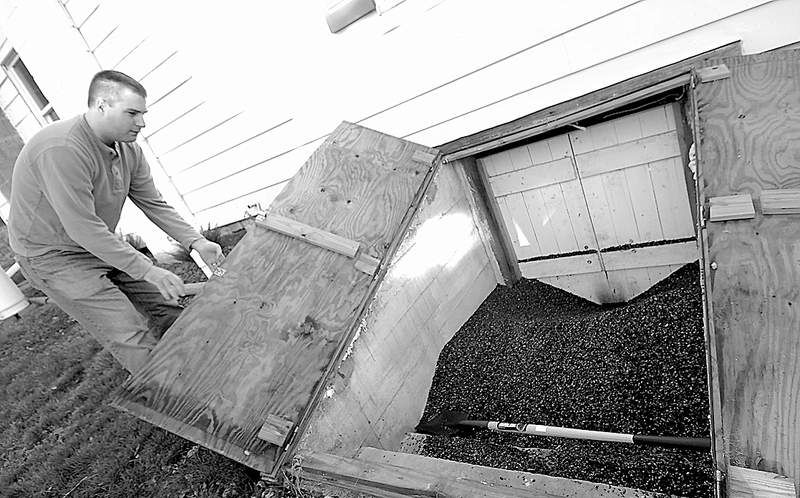Coal, though problematic, is returning to home furnaces
Published 4:00 am Saturday, December 27, 2008

- Kyle Buck worries that he’s going through his two tons of coal faster than planned at his Pennsylvania home.
SUGARLOAF, Pa. — Kyle Buck heaved open the door of a makeshift bin abutting his suburban ranch house. Staring at a 2-ton pile of coal that was delivered by truck a few weeks ago, Buck worried aloud that it would not be enough to last the winter.
“I think I’m going through it faster than I thought I would,” he said.
Aptly, perhaps, for an era of hard times, coal is making a comeback as a home fuel.
Problematic in some ways and difficult to handle, coal is nonetheless a cheap, plentiful, mined-in-America source of heat. And with the cost of heating oil and natural gas increasingly prone to spikes, some homeowners in the Northeast, pockets of the Midwest and even Alaska are deciding coal is worth the trouble.
Burning coal at home was once commonplace, of course, but the practice had been declining for decades. Coal consumption for residential use hit a low of 258,000 tons in 2006 — then started to rise. It jumped 9 percent in 2007, according to the Energy Information Administration, and 10 percent more in the first eight months of 2008.
Online coal forums are buzzing with activity, as residential coal enthusiasts trade tips and advice for buying and tending to coal heaters. And manufacturers and dealers of coal-burning stoves say they have been deluged with orders — many placed when the price of heating oil jumped last summer — that they are struggling to fill.
The coal trend is consistent with steep increases in other forms of supplementary heating that people can use to save money — most of them less messy than coal. Home Depot, for example, reports that it has sold more than 80,000 tons of pellet fuel, a sort of compressed sawdust, for the season to date. That is an increase of 137 percent compared with the same period last year, said Jean Niemi, a company spokeswoman.
Coals vary in quality, but on average, a ton of coal contains about as much potential heat as 146 gallons of heating oil or 20,000 cubic feet of natural gas, according to the Energy Information Administration. A ton of anthracite, a particularly high grade of coal, can cost as little as $120 near mines in Pennsylvania. The equivalent amount of heating oil would cost roughly $380, based on the most recent prices in the state — and over $470 using prices from December 2007. An equivalent amount of natural gas would cost about $480 at current prices.






